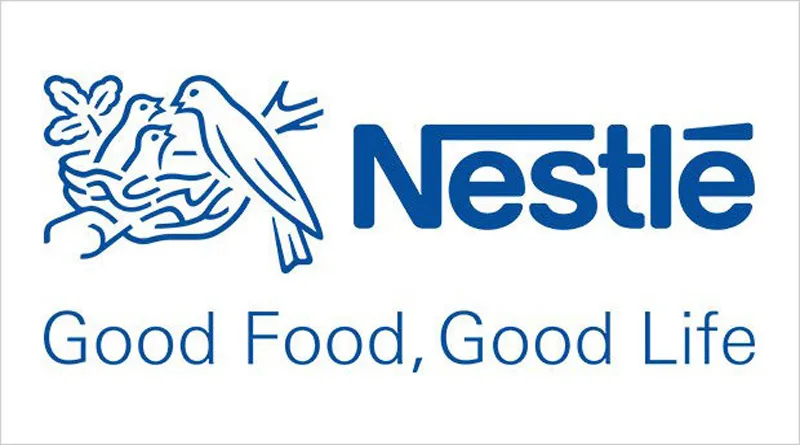GEA’s Cutting-Edge Technology Transforms Nestlé’s Milk Powder Production
At its Nunspeet facility in the Netherlands, Nestlé is set to revolutionize its milk powder production line for hypoallergenic infant formula. Partnering with GEA, the company will implement state-of-the-art process and heat pump technology. This move is expected to reduce steam energy usage by 75% and significantly cut carbon emissions, aligning with Nestlé’s goal of zero emissions in its production facilities by 2050.
Expansion and Energy Efficiency at the Heart of Nestlé’s Strategy
Responding to growing demand for its Althera and Alfare infant formula brands, Nestlé is expanding the Nunspeet plant’s capacity with an additional processing line. A first for Nestlé, this line will incorporate GEA’s innovative heat recovery system, utilizing exhaust air from spray drying to generate 80°C hot water for operations. This system, along with the complete wet processing technology supplied by GEA, will be installed this year, with the plant operational by 2025.
Advanced Heat Recovery System to Lower Nestlé’s Carbon Footprint
Nestlé’s investment in Nunspeet extends beyond capacity increase; it’s a critical step in its environmental commitment. By harnessing renewable heat energy, particularly from the energy-intensive spray drying process, the company aims to significantly lessen its carbon and dust emissions, as well as reduce water usage. Gerben Koopmans, Engineering Manager at Nestlé, emphasizes the groundbreaking nature of using heat pumps with spray dryers, a strategy supported by a subsidy from the Ministry of Economic Affairs and Climate.
GEA’s Holistic Approach to Eco-Friendly Production
Ronald Hofland, GEA Sales Manager, highlights the synergy of integrating process technology with heating and cooling systems. This approach is set to establish new standards in milk powder production, optimizing energy consumption and minimizing carbon footprint. GEA’s delivery includes an advanced ammonia heat pump for the spray dryer, a secondary heat pump for the production line, and state-of-the-art process technology for the wet line, ensuring maximum energy efficiency throughout the facility.
